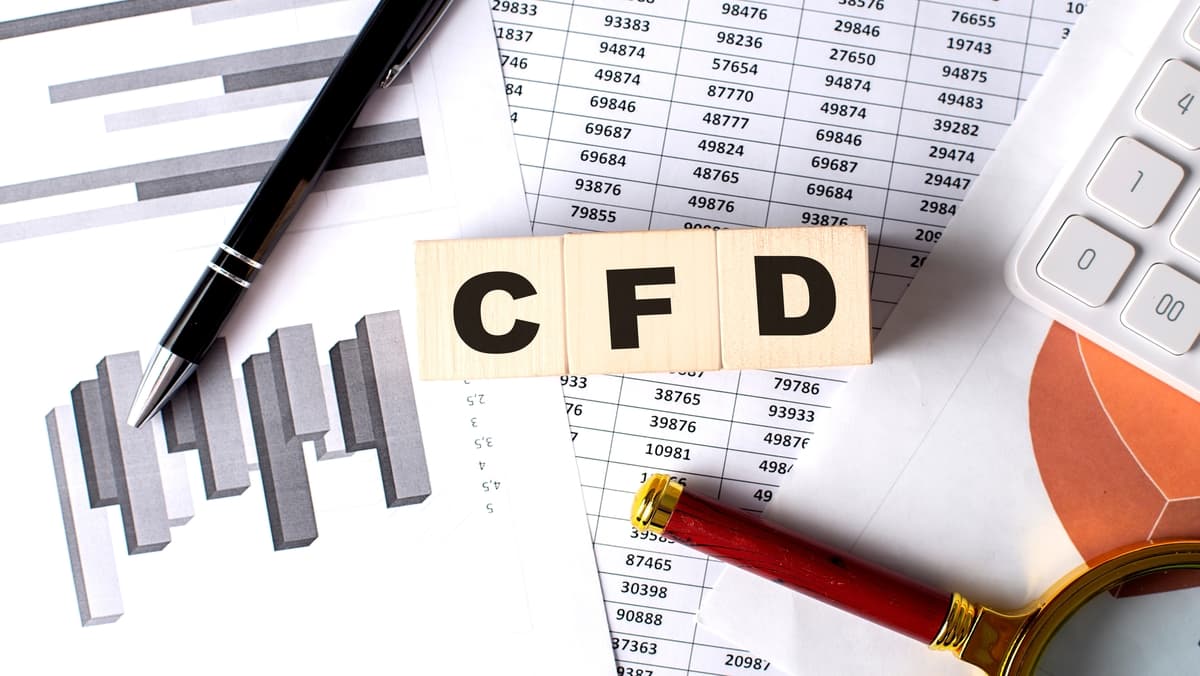
How to trade CFDs on commodities
Here, we’re going to go through how you can trade CFDs on commodities. CFDs can be an effective way to trade commodities, so it’s worth you understanding them.
Firstly, a little background knowledge on both.
Commodities are, simply, everyday goods. Wheat is a commodity. So is the gas you use to heat your home, and the copper that forms a part of your fibre-optic broadband cable.
Because commodities are prone to the same price swings as any asset, they can be traded.
The most commonly traded commodities include:
But theoretically, almost any commodity can be traded if traders believe they can make money from it.
There are 3 main benefits of using CFDs:
1. CFDs mean you don’t actually have to own the commodities to trade them. You are simply speculating on the price.
2. You can go long or short, using the same execution process. You don’t have to worry about having to borrow the goods or incur extra fees as you would if you were traditionally short-selling.
3. CFDs allow you to access larger trades with less capital, through leverage. (There are risks involved in this, which we’ll cover in more depth in a moment.)

CFD stands for ‘Contract for Difference’.
When you open a CFD, you agree with the broker to exchange the difference between an asset’s price when you open the trade and an asset’s price when you close the trade.
So, if you open a contract on gold when the price is at $2,000, and the price rises to $2,200, and you close the contract, the difference is $200. This would be your profit (assuming you went long on the trade).
The size of your total trade depends on how many contracts you issue at once. The price of each contract is determined by the price of a ‘lot’ of that asset.
Each individual asset has a unique lot.
And so on. So, every contract you open is priced the same as 1 lot.
Now, that sounds complicated, but it’s fairly easy to understand once you’ve got your head around it.
Let’s go through a step-by-step example of how a commodity CFD trade would work:
1. You decide to place a CFD trade on Gold. (One of the most traded commodities.)
2. The current value of a ‘lot’ of Gold is, as we said, the price of 100 troy ounces.
3. At the time you open the trade, that price is $1,988.
4. You decide to open 5 contracts, so your total trade size is $9,940. ($1,988 x 5.)
5. Over the next 3 hours, the price of a ‘lot’ (or one contract) rises to be worth $2,100. This is an increase of $112.
6. You close the trade, with a profit of $112 for each contract. You opened five contracts, so your total profit is $560.
Though the price move we’ve used in this example would be considered quite big, this is a clear example of how CFDs work on any trade. (Not just commodities.)
More often than not, CFD traders use leverage, so it’s important you understand how leverage works.
Essentially, leverage means you borrow money from the CFD broker so you can place larger trades, without needing to supply all the money upfront.
So, let’s go back to our gold example trade.
Let’s say that rather than placing 5 contracts, you wanted to place 25.
This would mean a total trade size of $49,700. ($1,988 x 25.)
This is quite a sizeable trade.
But, if you use leverage, you can place that trade without needing to actually supply the full $49,700 upfront.
How much leverage you can use will depend on your broker, but for the purposes of this example, let’s say you use leverage of 1:40.
To work out how much capital you’ll need to supply upfront, you divide the total size of the trade ($49,700) by the second, larger number in the leverage figure (which is 40 here).
So, your capital will be $49,700 divided by 40.
In this case, then, you’ll need to supply $1,242.50 in capital upfront to place this trade. (Plus your margin.)

The key point you need to understand about using leverage with CFDs is that when you use leverage, your profits and losses are calculated based on the size of the trade, not on how much actual money you’ve put into it.
So, in this case, your profits and losses would be calculated on the $49,700 figure, not on the $1,242.50.
Let’s assume that you make the same profit we mentioned earlier, of $112 on each contract.
If you placed 25 contracts, this would give you a total profit of $2,800. ($112 x 25.)
Because you only actually traded with $1,242.50 of your real capital, this means that you’ve more than doubled your money on the trade in a relatively short space of time.
As you can imagine, this potential is one of the key reasons why leverage is popular with traders.
However, it’s important for you to understand that the same principle applies to losses.
So, had you lost $112 on each contract, and your total loss had been $2,800, you would have lost more than double the money you initially put in.
That is why leverage is considered a very high-risk strategy.
Unlike traditional stock trades, where the most you can lose is the capital you put in, when you use leverage, you can lose more. And the higher your leverage, the more these losses can be magnified.
That’s why, as with all trades, you should never trade with money you can’t afford to lose.
Commodities can play a key part in any trader’s portfolio, if you’re prepared to deal with the potential volatility and the potential for external events to impact your trades.
CFDs can be an effective way to buy and sell commodities, if you don’t want to own the underlying asset, and you plan to go both long and short, while using leverage.
As always, make sure you thoroughly understand the risks before placing any trade, and never trade with money you can’t afford to lose.
Risk Warning: this article represents only the author’s views and is for reference only. It does not constitute investment advice or financial guidance, nor does it represent the stance of the Markets.com platform.When considering shares, indices, forex (foreign exchange) and commodities for trading and price predictions, remember that trading CFDs involves a significant degree of risk and could result in capital loss.Past performance is not indicative of any future results. This information is provided for informative purposes only and should not be construed to be investment advice. Trading cryptocurrency CFDs and spread bets is restricted for all UK retail clients.

What is CFD trading: Contracts for Difference (CFDs) have emerged as a popular trading instrument in the financial markets.

CFD Trading Explained For Beginners: Contracts for Difference (CFDs) have become a popular trading instrument for those looking to engage in financial markets.

CFD Trading for Beginners: For beginners in CFD trading, choosing the right trading platform is crucial. Two of the most popular platforms in the trading community are MetaTrader 4 (MT4) and MetaTrader 5 (MT5).
set cookie